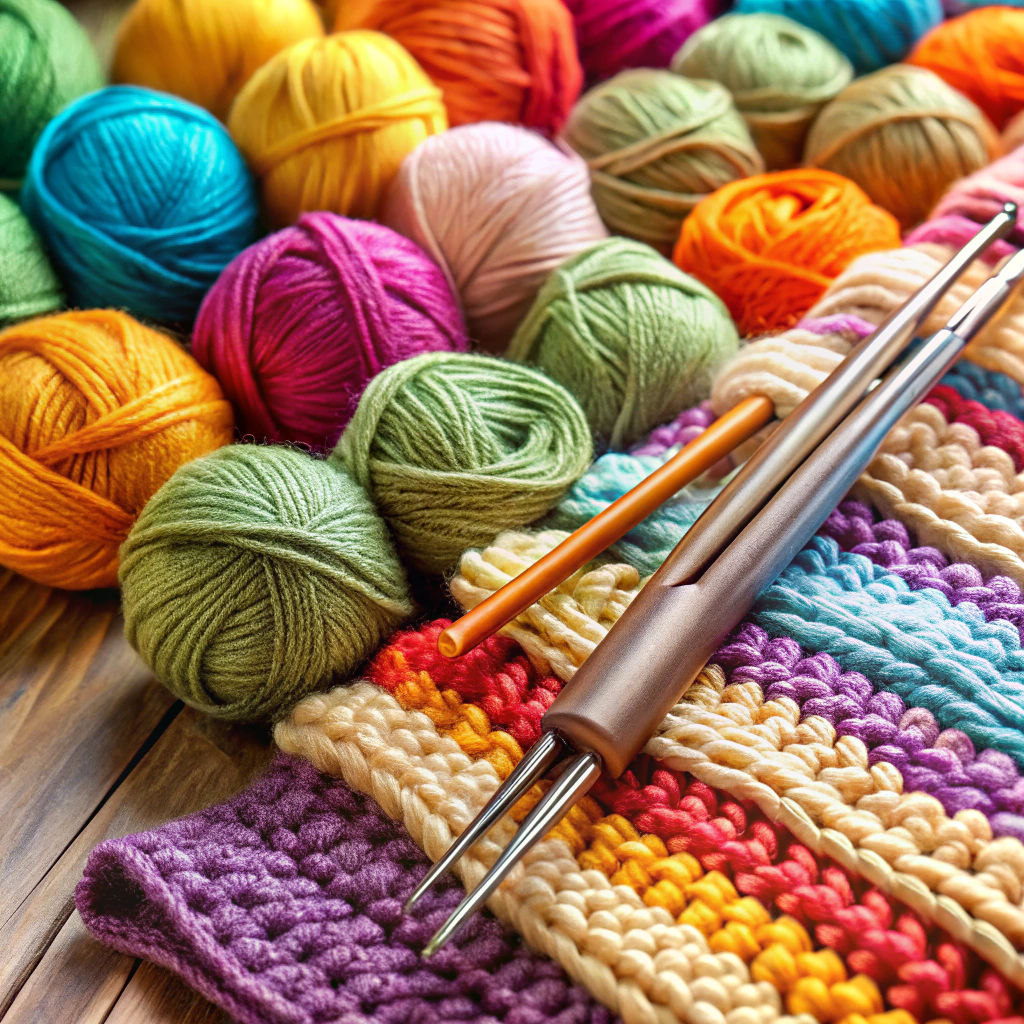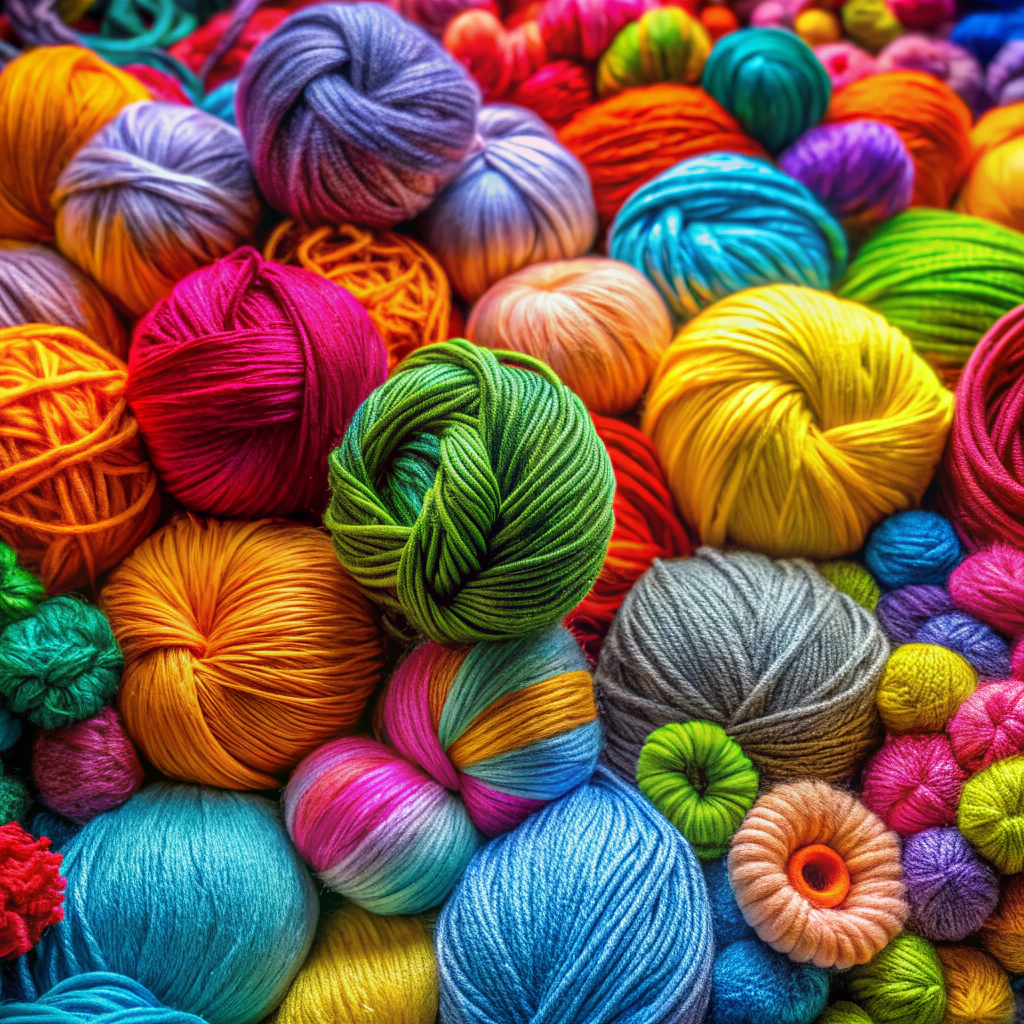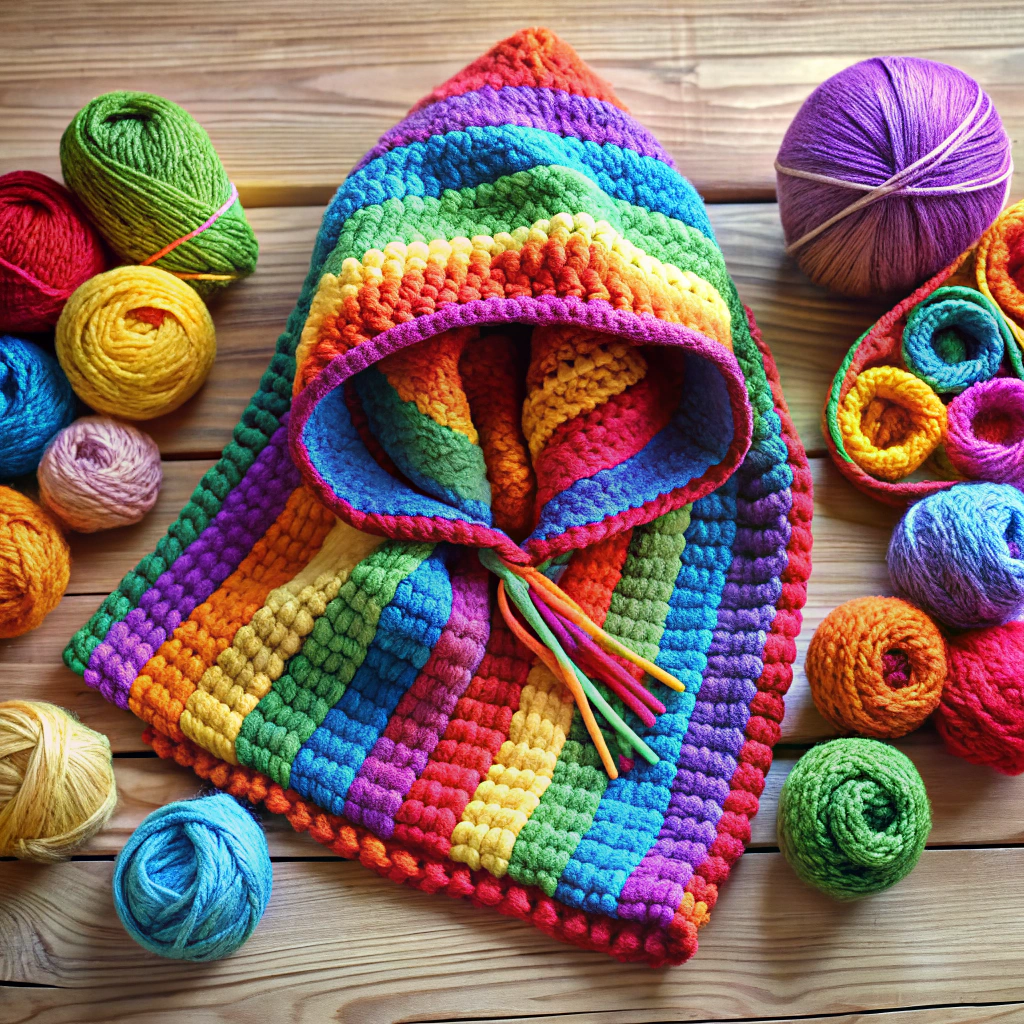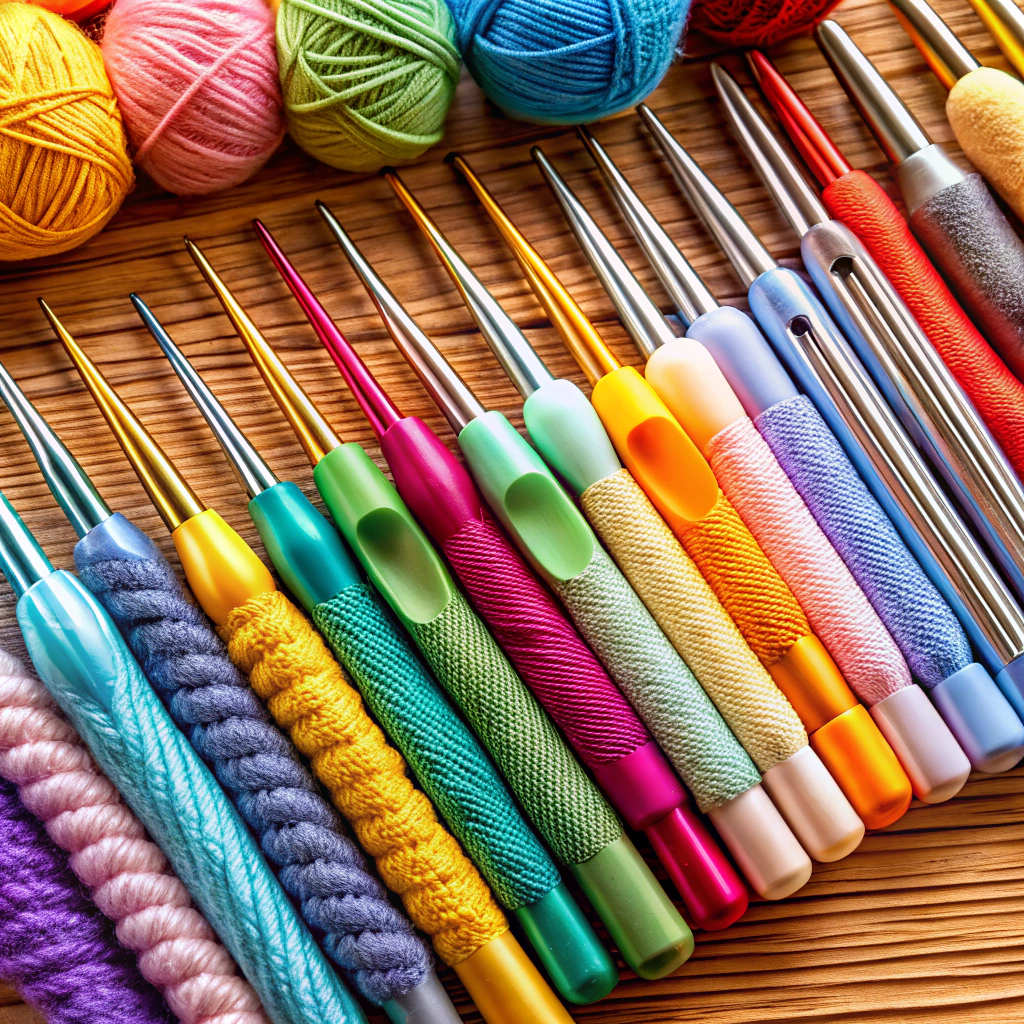Learn how to cast on in crochet and kick-start your projects with the perfect foundation.
Wondering how to kickstart your crochet project with a pro’s touch? Whether you’re mastering the classic foundation chain or diving into the stretchy magic of foundationless and provisional cast-ons, you’re in the perfect spot. Get ready to unravel the secrets behind starting your next crochet masterpiece with ease and style! Time to grab your hooks, it’s crochet o’clock!
Key takeaways:
- Start with the right materials: medium weight yarn, matching crochet hook, scissors, and yarn needle.
- Essential tools include a crochet hook, yarn needle, stitch markers, measuring tape, and scissors.
- The foundation chain is crucial and sets the stage for your project.
- Stretchy foundationless Tunisian crochet cast-on is great for projects that need stretch.
- The crochet provisional cast-on provides a temporary foundation chain for customization.
Materials

A good crochet journey begins with the right materials. Start with yarn. Choose one that’s easy to work with for beginners—medium weight yarn is a solid pick. Avoid anything that’s too fuzzy or too slick; it’ll just stress you out.
And of course, you’ll need a crochet hook. Match the hook size to your yarn weight. Yarn labels usually suggest a hook size, so read them like they’re the gossip column of a juicy tabloid.
Lastly, consider a pair of scissors. Not the rusty ones from the junk drawer—keep a sharp, dedicated pair handy. Plus, a yarn needle for weaving in ends will save the day more often than you think. Remember, well-prepared is half the battle, and the right materials are your secret weapon.
Tools
While your hands are the main stars of the crochet show, a few essential tools play vital supporting roles. First on the list is a trusty crochet hook. They come in various sizes, from tiny steel ones for lace to chunky plastic ones for super bulky yarns. Your pattern will suggest the appropriate size, but having a range handy is a good idea.
Next, you’ll need a yarn needle, crucial for weaving in those pesky ends. Think of it as the bow at the end of your masterpiece. You don’t want it misbehaving.
Don’t forget stitch markers. These little heroes keep you on track, especially for complicated patterns. And hey, they come in all sorts of cute shapes – who said practicality can’t have style?
Finally, keep a measuring tape and a pair of sharp scissors nearby. Precision is key in the yarn world, and nothing says precision like a nicely trimmed fringe. Find the sharpest scissors, the kind the cat looks at suspiciously.
Remember, the right tools make even the fussiest projects more enjoyable. And if you can, find a yarn bowl. It keeps that escaping ball of yarn right where you want it – not rolling under the couch.
Foundation Chain
Think of it as the backbone of your project, the very first step.
A foundation chain is essentially a row of interconnected loops. This row sets the stage for the rest of your work.
Here’s the lowdown:
- Grab your yarn and hook, make a slip knot, and slide it onto your hook.
- Yarn over and pull the hook through the loop on your hook. You’ve made your first chain stitch.
- Repeat, keeping your tension even. Each loop on the chain counts as a stitch.
Remember, don’t yank it too tight – your hook isn’t a bungee cord. Keep it loose enough to work with easily.
That’s it! Your chain lays the groundwork for the rows or rounds to come.
Stretchy Foundationless Tunisian Crochet Cast-on
This method is fantastic for projects needing a bit of stretch. Here’s how to do it:
- Start with a slip knot on your hook.
- Chain a few stitches; let’s say around 5-10.
- Insert the hook into the second chain from the hook.
- Yarn over and pull through, keeping the loop on the hook.
- Repeat in each chain across, collecting loops.
- With loops on the hook, work back by yarning over and pulling through one loop to start, then yarning over and pulling through two loops across.
Think of it as your crochet project doing yoga! Perfect for shawls, garments, and anything needing a gentle give. And voilà, you’ve got some stretchy magic ready for your next creation.
Crochet Provisional Cast-on
This method is like a little magic trick. You create a temporary foundation chain that’s easily removable. Perfect for projects where you might need to add a different edging or trim later.
Imagine starting with a regular chain but with a secret plan. Use a smooth, contrasting yarn for the provisional chain. It’ll help you spot it quickly when it’s time to unravel.
Once your provisional chain is ready, start crocheting onto it with your main yarn. Later, you can zip that provisional chain right out, revealing an edge that’s ready for anything.
Think of it as starting your project with a safety net, giving you the freedom to customize later without ripping your hair out. Fun, right?
Foundation Double Crochet
Think of this method as the multitasker of cast-ons by doing the groundwork of a chain and the fluff of double crochet all in one go. No extra steps, just cruising!
- Here’s how to do it:
- Start with a slipknot on your hook.
- Yarn over, then insert the hook into the slipknot.
- Yarn over again and pull through the chain. You’ll have three loops on your hook.
- Yarn over, pull through just one loop. This forms the chain for the next stitch.
- Finish the double crochet by yarning over and pulling through two loops—twice.
Repeat these steps for each stitch you need. This method gives you the perfect blend of structure, flexibility, and speed. It’s like making a sandwich and eating it at the same time. How cool is that?
Tips and Tricks
Relax. Your tension matters, but don’t overthink it. Just breathe and let your hands find their flow.
Keep an even tension by holding the yarn and hook consistently. Switching mid-project can make your stitches look wobbly.
Use stitch markers. They aren’t just for knitters! Place one every few stitches to keep track, especially for larger projects.
Count your stitches regularly. It helps you spot mistakes early. Missing even one stitch can lead to lopsided creations.
Choose the right hook size for your yarn. If you’re struggling, go up a hook size for a looser chain or down for a tighter one.
Practice makes progress, not perfection. The more you experiment, the better you get.
Switch up techniques if you’re bored—try different cast-ons and find what suits your project best.




